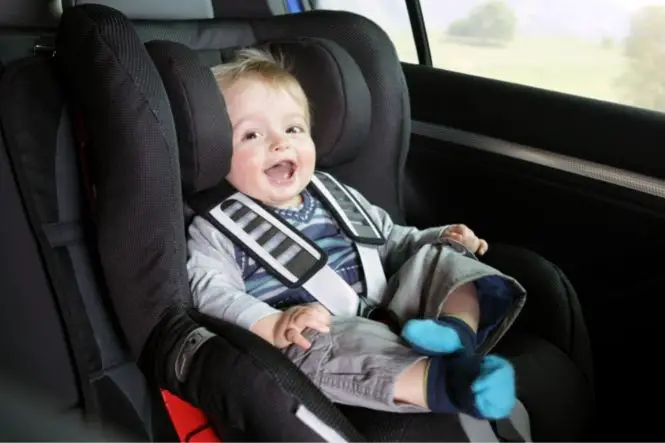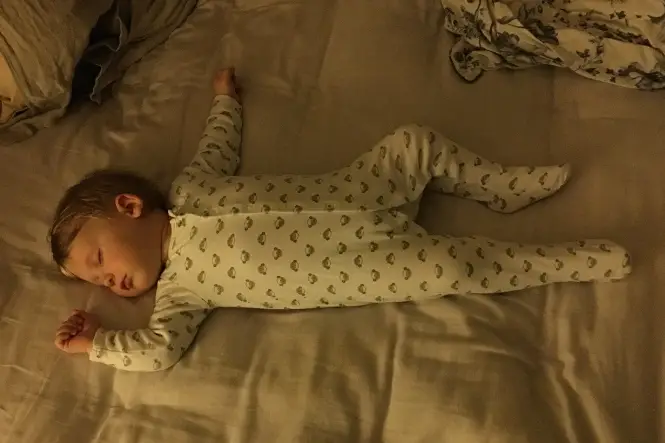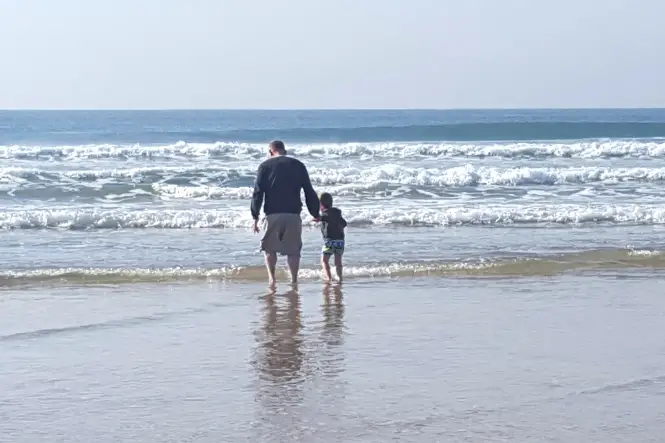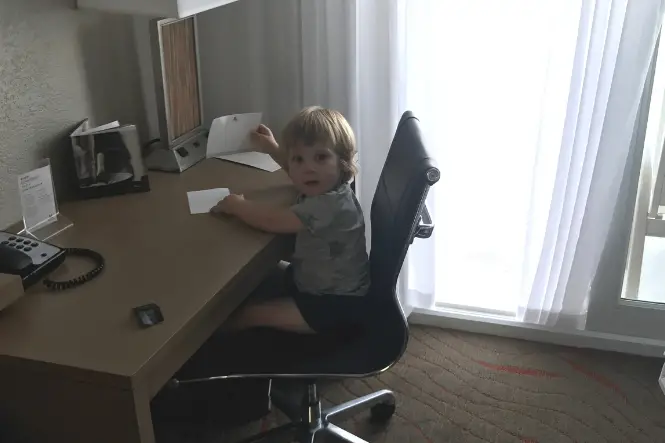New regulations governing the use of child car seats came into force on 18 September 2006.
Most parents ensure that children use some kind of restraint when travelling on the road, but it is important that you Fit The Right Kind Of Restraint for your child’s age.
Small children need the protection that baby seats and child seats are designed to provide, and are not well protected by seat belts which have been designed for adults. Smaller children that have grown too large for a child seat will need to use a booster seat or cushion.
The Department of Transport estimates that these changes may prevent over 2,000 child injuries or deaths each and every.
The table below is a summary of these new rules for cars, vans and goods vehicles.
| Front seat | Rear seat | Who is responsible? | |
|---|---|---|---|
| Child up to 3 years old | Correct child restraint MUST be used. | Correct child restraint MUST be used.
If a restraint is not available in a licensed taxi/private hire vehicle, the child may travel unrestrained. |
Driver |
| Child from 3rd birthday up to 135cm in height (approx 4′ 5″) (or 12th birthday whichever they reach first) | Correct child restraint MUST be used | Where seat belts are fitted, the correct child restraint MUST be used. The child must use adult belt if the correct child restraint is not available as follows:
A child 3 years and over may travel unrestrained in the rear seat of a vehicle if seat belts are not fitted in the rear. |
Driver |
| Child over 135cm (approx 4′ 5″) in height or 12 or 13 years old | Seat belt MUST be worn if available. | Seat belt MUST be worn if available. | Driver |
| Passengers aged 14 years old and over | Seat belt MUST be worn if available. | Seat belt MUST be worn if available. | Passenger |
In nearly every circumstance a child of up to 135cm in height (4′ 5″) or the age of 12 (whichever is reached first) must use a child restraint and drivers may not carry children as passengers in a regular seat belt.
Rear-facing baby seats MUST NOT be used in a front seat protected by a front airbag unless the airbag has been fully deactivated.
Table of Contents
Exemptions to Regulations
There some specific exemptions to the above regulations:
1. If there is an ‘unexpected necessity’
In an emergency, a child of 3 years or more may use an adult belt on a short journey when no appropriate child seat is available. This is not intended to cover regular school runs or other journeys that are planned in advance. This exemption is not available for children under 3 years old.
2. A licensed taxi/private hire vehicle
If the right child restraint is not available. It is impracticable to expect the right child seat or booster to be available in a taxi unless a parent or carer has brought it with them. There is therefore a qualified exception which says that, if child restraints are not available in a licensed taxi or private hire vehicle:
- a child under 3 years old may travel unrestrained but in the rear only – this is the only exemption for a child under 3 years old.
- a child aged 3 years and above must use an adult belt in the rear seat only.
Remember that any child up to 135cm in a front seat of any vehicle must use the correct child seat or booster.
The driver of the vehicle is responsible for ensuring that children under 14 years use the seat belts or child restraints available (except in a taxi with a fixed partition).
3. Where two occupied child seats in the rear prevent the fitment of a third child seat
In many cars, there is not enough room for three child seats across the rear. If two occupied child seats or boosters prevent the fitting of a third, and the front seat is not available, a third child aged 3 years or over may then use just an adult belt in the rear. This may be a lap belt. It would be safer for the third child to travel in the front seat and use the correct child seat or booster but see below about airbags in front seats.
4. Emergency Services Vehicles
There is an exemption for children of all ages being carried in a vehicle being used by the emergency services, such as police, ambulance and fire services. These services will, of course, do everything practicable to carry children safely and use appropriate restraints wherever possible.
Airbags and Side Facing Seats
If you have to use a rear facing child seat in the front of a vehicle, you MUST deactivate the passenger airbag. Some vehicles have side facing seats for occasional use, do not fit a child car seat on one of these side facing seats.
We’ll be keeping our site updated as more details are available and further information can be found from the Department of Transport. You can also watch our Video On Car Seat Safety and Common Problems With Child Car Seats.





